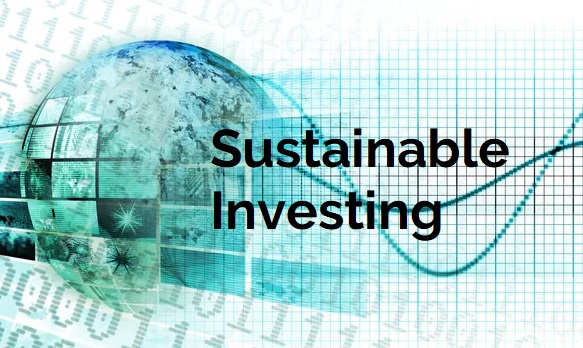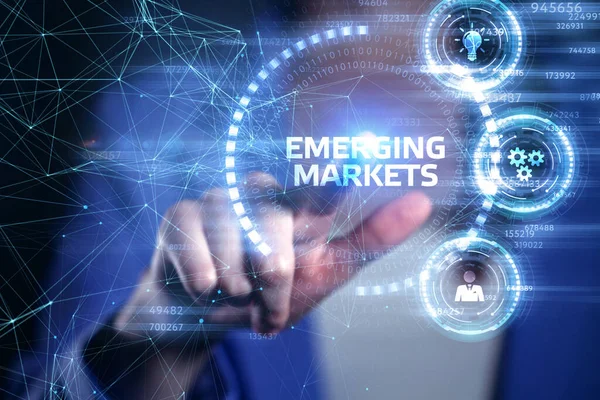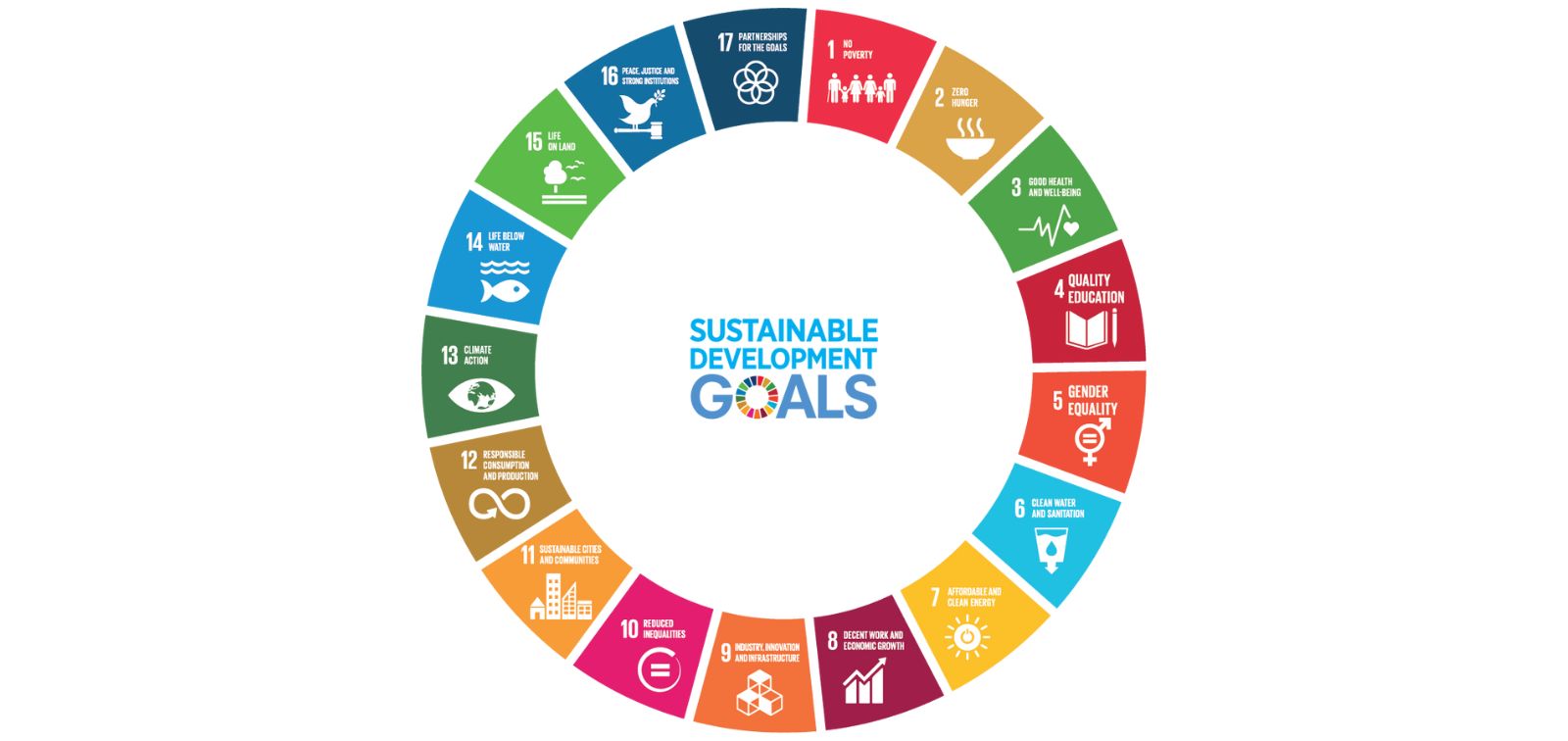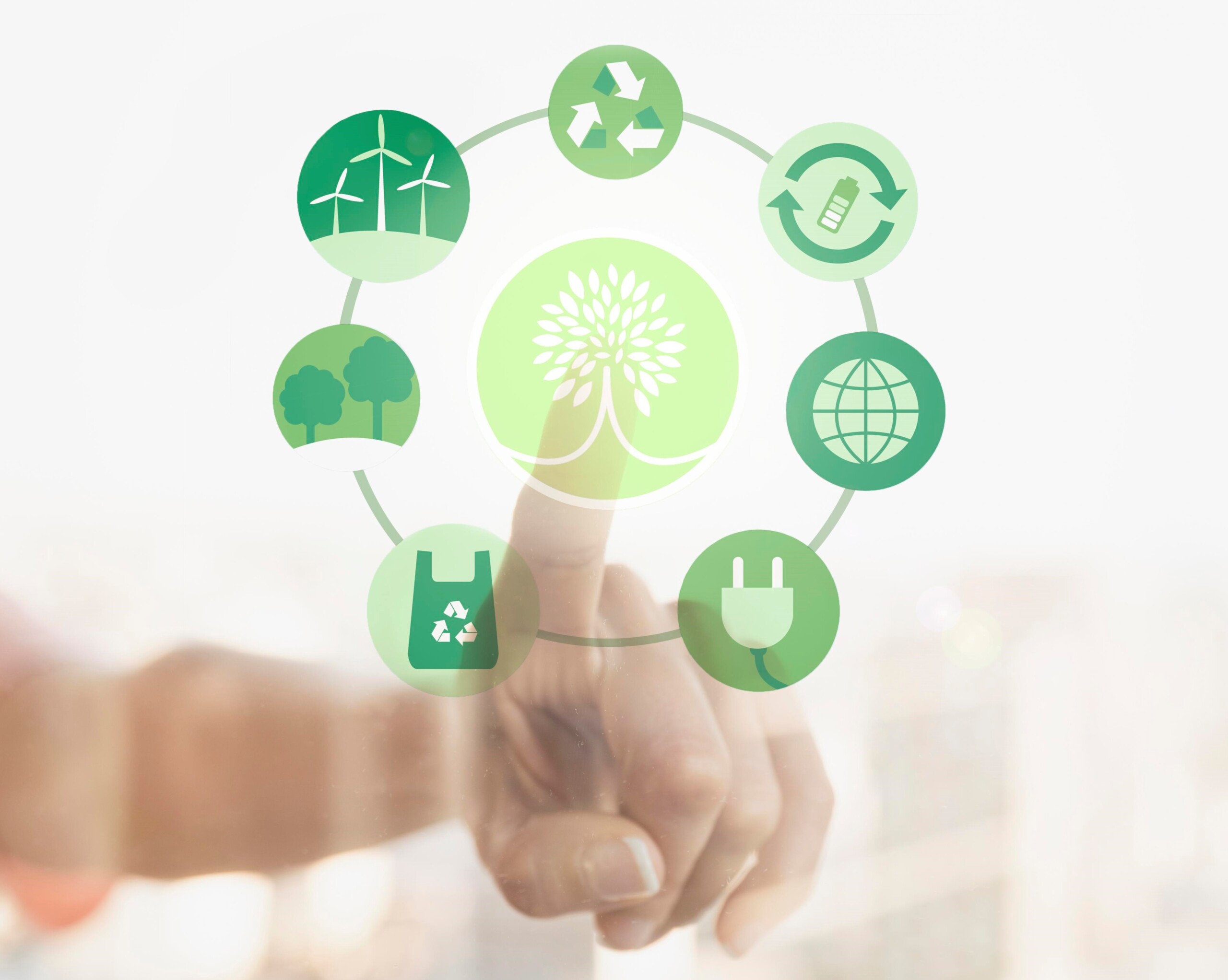Sustainable investing is an investment strategy that considers both the company and the investment impact on the environment and society, as well as the financial returns. Sustainable investing seeks to deliver investors financial returns while producing a positive impact on the world. This strategy is also called ethical investing, impact investing, socially responsible investing, and values-based investing. Those interested in sustainability should also familiarize themselves with the acronyms SRI, SDG, and ESG.
No matter the label, sustainable investing seeks to align investment decisions with the investor’s social and environmental values while generating a long-term return on investment, or ROI. Earning a positive financial ROI is usually the top priority for investors. However, with sustainable investing a financial return is not the only priority or reward. Often creating an impact is equally important.
Why Sustainable Investing May Not Be ESG
Now that we have summarized what sustainable investing is, we can now discuss what it’s not. In a recent article in MIT Sloan Review, Andrew Winston states, “ESG is not sustainability.” For those unfamiliar with the acronym, ESG stands for Environmental, Social, and Governance. On its surface, ESG seemed like it would be a perfect model to use for sustainable investing. As it turns out, ESG is too narrowly focused and open for interpretation to be an effective tool for measuring sustainable investing outcomes.
However, some funds and advisers do use ESG as their sole model for what they consider to be sustainable investing. We are not saying there is anything wrong with that. But for our investment team, ESG as it is practiced today lacks well-defined goals for us to measure the impact of our investments. We agree with Mr. Winston when he later added, “Sustainability is a much broader idea, focusing on a company’s role in society, how it creates value by managing its environmental and social impacts (both positive and negative).”
As Peter Krull pointed out in his Forbes article, many investors think ESG and sustainable investing are interchangeable. His article covers more of the reasons why they are different. Mr. Krull states, “ESG metrics are data points that hypothetically deliver insight into how responsible a company is. The problem is that there is no standard by which companies are judged – and the metrics are constantly changing.”
Practicing Sustainable Investing
According to the 2020 Global Sustainable Investment Review, global sustainable investment assets under management (AUM) reached $35.3 trillion. The Global interest in this investment strategy is up more than 54.5% since 2016. With the US at $17.08 trillion AUM and a growth rate of 42%. The Forum for Sustainable and Responsible Investment asserts that sustainable investing spans several asset classes. It embraces public equity (stocks), cash, fixed-income, and alternative investments, such as private equity, venture capital, and real estate.
Each sustainable investment will exhibit a different level of impact potential. Mr. Krull states, “The main difference between ESG and sustainable investing is a positive, inclusive bias. ESG investments are often made in companies that are less bad.” Alternatively, “Sustainable investing is about intentionally investing in companies that are making a positive difference in the world.”
Our Approach to Sustainable Investing
In recent years there has been surging demand for cleaner industries and technologies. To be successful at sustainable investing, the practice has to be aligned with an adviser’s investment thesis and themes. But why should an investor ever settle for a “less bad” investment?
Our investment team does not believe in making “less bad” investments. For us, sustainable investing is the practice of investing in portfolio companies that are poised to make the world a better place. We work with management teams and companies that are proactively working to improve the environment around them. These are the firms whose products and services that change the world.
1839 Ventures® and the series of 1839 Venture Funds™ we manage were founded in mid-October 2015. A month prior, the United Nations announced the UN 2030 Agenda for Sustainable Development Goals (SDGs). In a previous post, we discussed how our team embraced the UN’s global partnership by creating our own set of sustainability policies based on these SDGs. We have since developed screening processes and other means to continuously monitor the impact and outcomes of our investments.
The UN’s SDGs are objectives that promote the world working together toward ending poverty, seeking to reduce inequalities, and overcoming other deprivations. Working towards these goals must go hand-in-hand with strategies that reduce inequalities, improve health and promote education. Each of which spurs long-term economic growth. These goals, and the strategies used to achieve them, should also seek to preserve natural resources on land, in the waterways, and in the oceans. Reducing inequalities means allowing the less fortunate access to resources that allows them to better themselves. Equality should not mean taking from one group, only giving it to another.
Our investment team are not activist investors; we do not buy equity in a company to change how it operates. We work with management teams who already possess and maintain a sustainable vision. Our collective mindsets should align before our team ever considers executing an investment.
We are supporters of the free market. In a free market, when a product gains a competitive advantage consumers adopt the product naturally. Of course, our portfolio companies will compete within existing industries. Our investments seek to improve those industries through the use of cleaner technology, not target them for elimination.
Risk and Returns
Every type of investment has a level of risk associated with it. The common thought regarding risks is, “The greater the risk, the higher the expected return.” Sustainability risk is the uncertainty of a social or environmental event that, if it occurs, could cause an actual or potentially negative impact on the value of an investment. If such an event occurs, it might lead to a loss of value in an investment.
Some investors believe that sustainable investing leads to higher fees and less return. These assumptions may be inaccurate. Keith Guthrie at Pensions Expert says, “Sustainability is consistent with superior risk-adjusted returns.” The goal of sustainable investing is to maximize financial risk-adjusted returns and maximize the positive influence and impact on the world economy.
According to a Gallup Poll, 70% of investors believe sustainable investing funds generally perform similarly to the market average. Surprisingly, 25% still think these investments perform worse. With the final 5% saying these funds perform better. A study by Morgan Stanley Institute for Sustainable Investing concluded, “There is no financial trade-off in the returns of sustainable funds compared to traditional funds.” More importantly, the study states, “They (sustainable funds) demonstrate lower downside risk.” The limitation of downside risk can make sustainable investing highly attractive for longer-term investors.
Morgan Stanley’s analysis also found, “During a period of extreme volatility, (they) saw strong statistical evidence that sustainable funds are more stable.” Their assessment of risk showed a clear and consistent message that sustainable funds were less risky between 2004 and 2018. This study analyzed the returns and downside deviation of 10,723 exchange-traded and open-ended mutual funds during the period.
Of course, ETFs and open-ended funds are not venture capital funds. But with such a large sample size, I would argue that venture funds dedicated to sustainability and managers who adhere to a clearly defined investment thesis may perform similarly.
Measuring Outcomes of Sustainability
The UN 2030 Agenda for Sustainable Development encourages investments in new sustainable technologies and manufacturing. These areas are essential for economic development and employment, as each is crucial to achieving sustainable development.
In a previous post, the 1839 Venture’s team discussed our development of processes for measuring impact investments. Our quantitative approach uses an SDG Impact Scorecard™ to partner with and promote the UN 2030 Agenda for Sustainable Development Goals. Within the 17 SDGs, there are 169 targets and over 230 indicators. Each focus area is assigned a quantifiable metric or dollar amount. Once an exit occurs, each of these metrics can measure the overall impact of an investment.
Building a Better World
Our investment team concurs with Mr. Guthrie at Pensions Expert when he says, paraphrasing, “We may not have the answers. However, we too are continually evolving.” While our processes may have changed somewhat over time, these SDGs provide a robust framework and longer-term horizon than simply implementing an ill-defined ESG policy.
Whether it is at a micro level of a single company or the macro level of an entire country, the UN’s SDG criteria are standardized. These standards are clearly defined, and we find them to be a better source of criteria for measuring sustainable investing. Using our SDG Score Card™ allows us to evaluate an investment across its entire lifecycle. From our initial screening to gauging the returns upon an exit, we aim to measure the total impact of our investment. By doing so, we feel we can ensure a more sustainable world.





